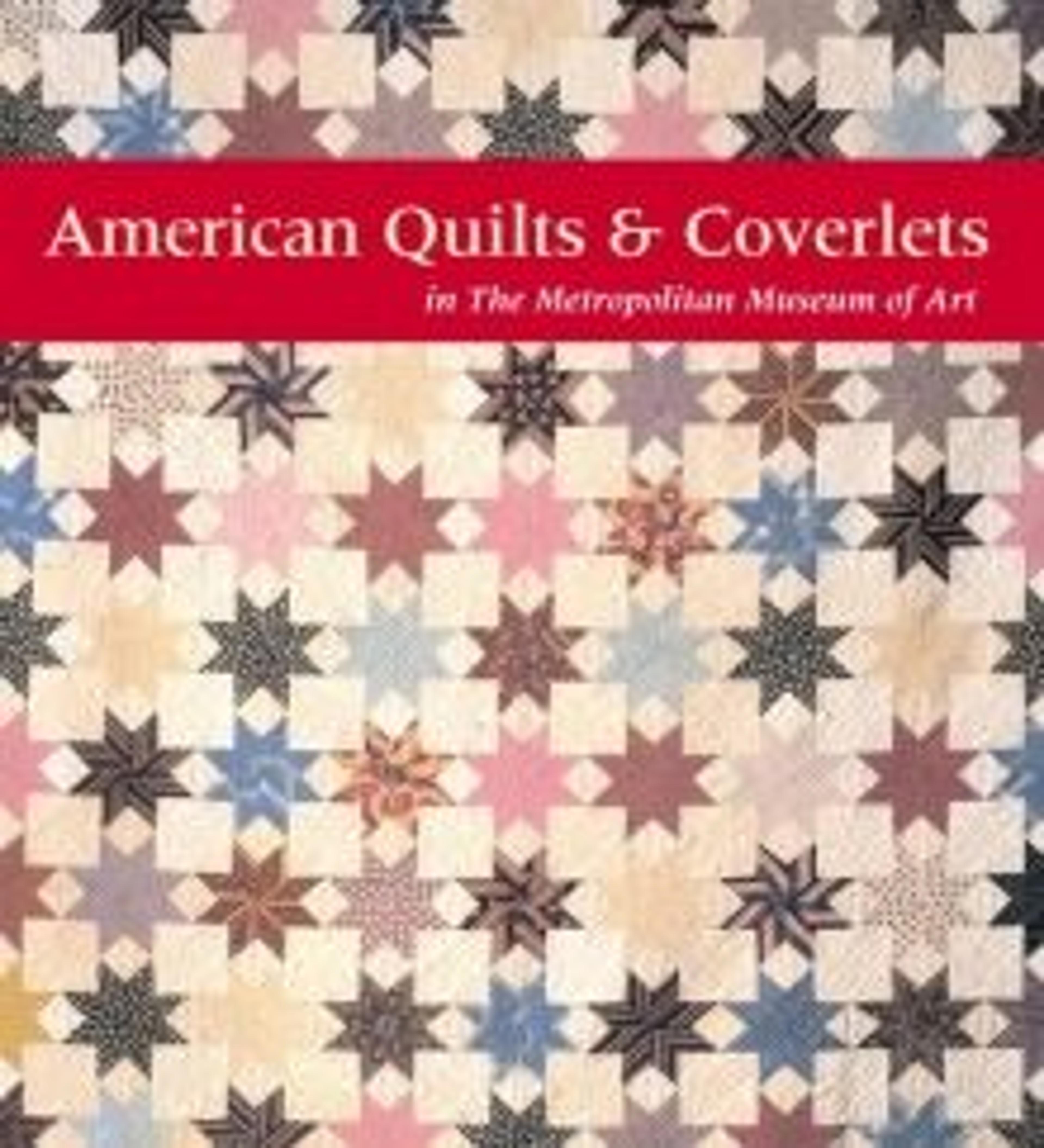Embroidered whitework coverlet
Made of three lengths of cotton seamed together, this whitework coverlet is embroidered with heavy cotton thread in many different stitches. Some areas are decorated with drawnwork. The central design is a basket of flowers within a diamond-shaped medallion. The remaining ground is decorated with meandering floral vines. There is a woven fringe on three sides.
Artwork Details
- Title:Embroidered whitework coverlet
- Maker:Mary Walker Stith Jones (1802–1884)
- Date:1815–18
- Geography:Possibly made in Hardin County, Kentucky, United States; Possibly made in Breckinridge County, Kentucky, United States
- Culture:American
- Medium:Cotton embroidered with cotton thread
- Dimensions:100 1/2 x 87 1/4 in. (255.3 x 221.6 cm)
- Credit Line:Fletcher Fund, 1939
- Object Number:39.111
- Curatorial Department: The American Wing
More Artwork
Research Resources
The Met provides unparalleled resources for research and welcomes an international community of students and scholars. The Met's Open Access API is where creators and researchers can connect to the The Met collection. Open Access data and public domain images are available for unrestricted commercial and noncommercial use without permission or fee.
To request images under copyright and other restrictions, please use this Image Request form.
Feedback
We continue to research and examine historical and cultural context for objects in The Met collection. If you have comments or questions about this object record, please contact us using the form below. The Museum looks forward to receiving your comments.
